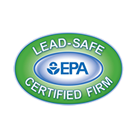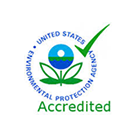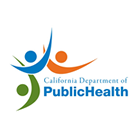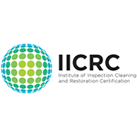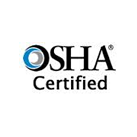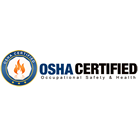What Is Mold?
Mold is a microorganism that is classified as fungi. It’s a living organism that doesn’t fall under either the plant or animal classification in accordance with scientific standards.
There are many different types of molds that can be found in the environment. Invisible to the naked eye, mold spores travel through the air and are commonly found in soil and on decaying matter. Outdoors, mold plays a big part in the natural degradation of plant matter. However, when mold travels indoors, it can be hazardous to your health.
Mold is commonly found under sinks.
Mold comes in a variety of colors including white, brown, orange, green and black. Mold often has a furry look or resembles a stringy slime, but certain molds can also have a powdery-look. Black mold is considered to be the most dangerous type of mold found in homes. Finding black mold in your home is scary and should be addressed immediately to avoid potential adverse reactions to the mold.
Mold can grow at an extremely fast pace. A mold colony can form in as little as 48 hours from the initial contact a mold spore makes with a surface
Health Risks Caused By Mold
Mold exposure can lead to several health-related problems. With its natural ability to travel through the air, the inhalation of mold spores can create a variety of respiratory ailments. Common side effects include asthma, allergies, respiratory infections, sinus infections and skin rashes.
What Is Mold Removal?
Mold remediation is the process of removing mold from homes and businesses. Successful mold remediation or mold removal includes performing a clearance test to ensure the mold remediation process was completed successfully and that all mold spores and colonies have been removed from the home or business. If you substitute the word “removal” for the word “remediation” it will make more sense to the common Southern California home or business owner.
Learn more about Stachybotrys mold.
So what is the Jekyl and Hyde substance we call mold? In fact, mold is not a single substance but a very large group of plant-like organisms (a type of fungus). They require little to survive—only moisture and a food source—and, under the right conditions, can grow quickly. Although individual organisms are so small they can only be seen through a microscope, when growth is heavy mold becomes visible.
Molds also spread rapidly. They produce tiny spores that act like seeds; the spores travel through the air, forming new mold growth wherever they find a suitable place to settle.
Because they grow and spread so easily, molds (and mold spores) can be found virtually everywhere. Outdoors, molds play an important role in the breakdown and recycling of organic material like leaves and other foliage. Indoors, however, they serve no particular purpose and can actually be destructive. Heavy indoor mold growth can cause physical damage to the dwelling and health problems for its occupants.
Although molds have been accused of causing a wide array of medical problems—everything from headaches and asthma to moodiness and rashes—there is evidence to substantiate only a few of these allegations.
Allergic responses are believed to be the most common reaction to mold exposure. Most reactions are relatively mild and are limited to hay fever-type symptoms, such as sneezing, runny nose, cough, burning and itching eyes, and skin rash. In people with asthma, however, an allergic response to mold can cause shortness of breath or even trigger an asthma attack. A rare but serious allergic condition called hypersensitivity pneumonitis can be caused by exposure to very high concentrations of molds.
Not everyone develops allergic symptoms in response to molds. In fact, while some people react to relatively small quantities of them, others can be exposed to large amounts without a problem.
Some molds—commonly referred to as “toxic molds”—are capable of producing potentially dangerous compounds called mycotoxins. Although there are literally hundreds of molds with similar properties, one mycotoxin-producing mold, Stachybotrys chartarum or “black mold”, has received the most attention. In both the medical literature and popular media, Stachybotrys has been linked to a variety of severe illnesses and deaths.
Despite these reports, the relationship between inhaled mycotoxins (those that are breathed in) and human illness is largely unproven. According to the Centers for Disease Control and Prevention, the hazards presented by molds that produce mycotoxins should be considered the same as other molds.
So what should you do if you suspect there’s mold in your home? If you can see or smell mold, clean it up. Although all the cleaning products in the world won’t totally eliminate mold, a thorough clean-up can go a long way in reducing your exposure to it. For specific instructions regarding clean-up, refer to the California Department of Public Health’s guide Mold in My Home: What Do I Do?
The best way to limit your exposure to mold is to restrict its growth by controlling moisture. Inspect your surroundings regularly for signs of excessive moisture and take steps to eliminate any problems you find as quickly as possible. Also, make sure that your home is adequately ventilated.
Testing for molds is not generally recommended. Because the amount of mold necessary to cause health problems varies greatly from person to person, there are currently no available standards for determining what an acceptable quantity of mold is. Moreover, reliable sampling of mold can be very expensive.



